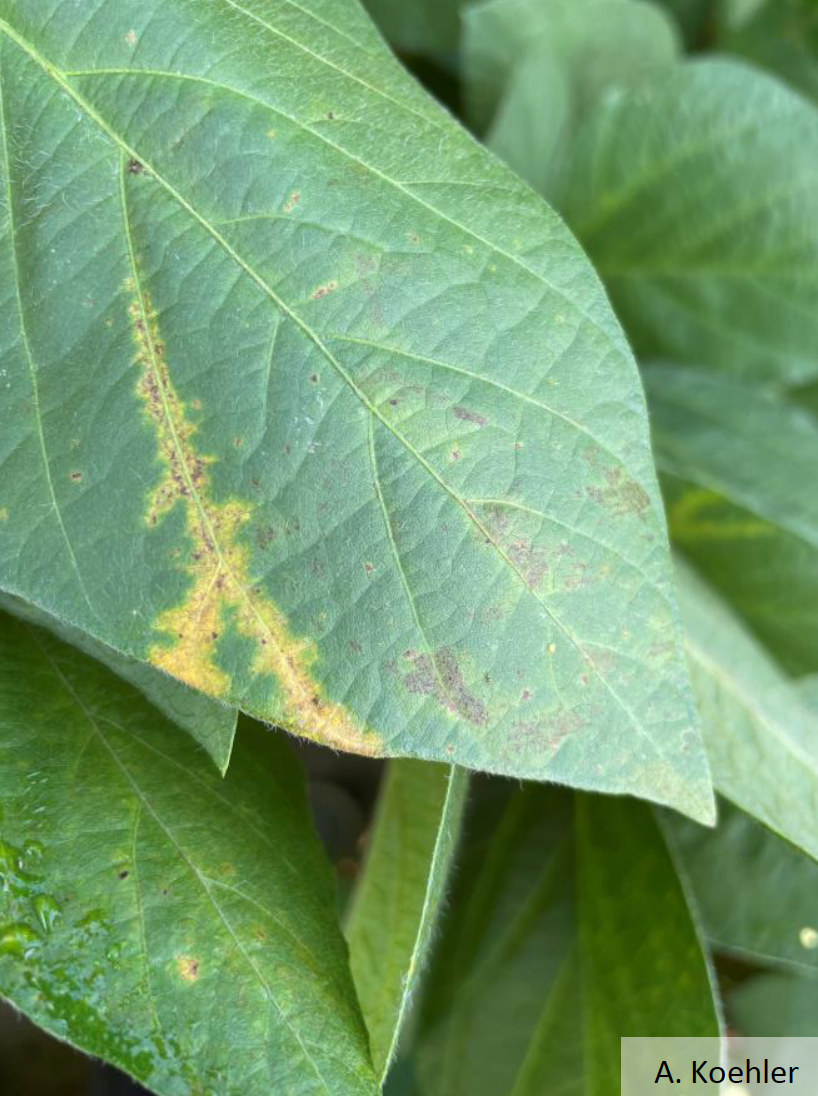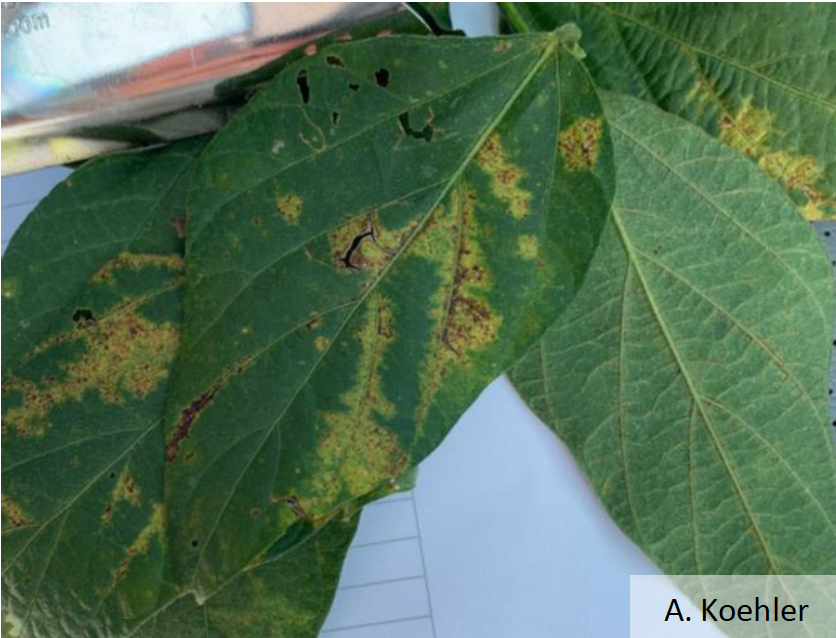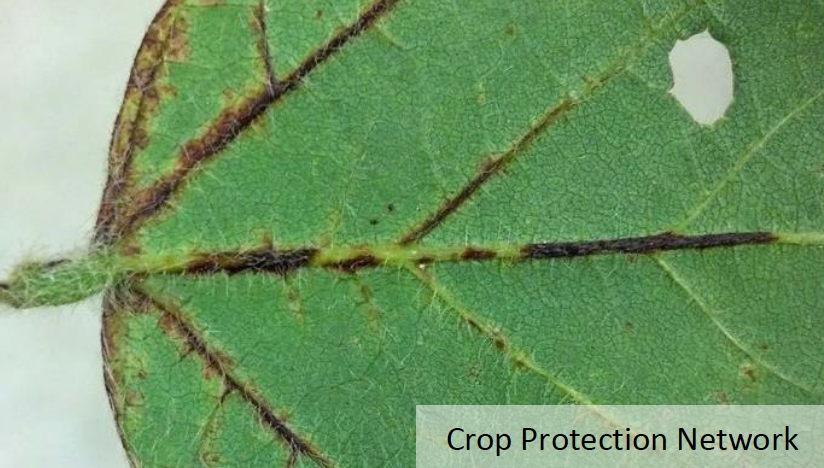
Fact Sheets And Publications
- Health & Well-being
-
Agricultural Programs
- Agribusiness
- Animal Science
- Beginning Farmer Program
- Commercial Crops
- Commericial Horticulture
- Delaware Soil Testing Program
- Disease Management
- Farm Vitality and Health Project
- Irrigation
- Nutrient Management
-
Insect Pest Management
- Insect Trapping Program
- IPM Hot Topics
- Commercial Field Crop Insect Management
- Commercial Field Crop Disease Management
- Commercial Fruit & Vegetable Crop Pest Management
- EIPM Implementation Projects
- Pollinators
- Research and Extension Demonstration Results
- Brown Marmorated Stink Bug (BMSB) Management, Research, and Resources
- Publications
- Pesticide Safety Education Program
- UD Plant Diagnostic Clinic
- Variety Trials
- Weed Science
- Certified Crop Advisor Program
- Poultry Biosecurity
- 4-H
-
Horticulture
- Climate Variability and Change
- Delaware Soil Testing Program
- Forestry
- Lawn and Garden
- Master Gardeners
- Master Naturalist Program
-
Nutrient Management
- Nutrient Management Certification
- Continuing Education for Nutrient Management
- Nutrient Management Planning Resources
- Commercial Nutrient Handler Resources
- Poultry Litter and Manure Management
- Turf Management
- Agriculture Notebook
- Horticulture Handbook
- Agriculture & Horticulture Handbooks
- Crop Production
- Soil Fertility
- Delaware Climate Change Coordination Initiative (DECCCI)
- Salt Impacted Agricultural Lands

Soybean Vein Necrosis Virus
October 2024 | Written by: Madeline Henrickson and Dr. Alyssa Koehler
Pest Background
- Soybean Vein Necrosis Virus is an Orthotospovirus.
- This virus can be seed borne or vectored by multiple thrips species.
- Increased damage is observed in late planted soybeans.
Identification
- As the name implies, symptoms will follow leaf veins starting as yellowing (chlorosis) (Fig 1).
- Yellowing will develop into red-brown lesions (Fig 2).
- On the underside of the leaf, browning of the veins may be observed (Fig 3).



Management
- Insecticide applications to control vectors are not successful since complete insect removal is not possible.
- Use certified, disease-free seed to limit chance of seed transmission.
- SVNB is not thought to impact yield but may reduce oil concentration and lower seed quality.
References
Crop Protection Network (2022, Jan 25). Soybean Vein Necrosis of Soybean. Retrieved from: https://cropprotectionnetwork.org/encyclopedia/soybean-vein-necrosis-of-soybean
Authors: Madeline Henrickson and Dr. Alyssa Koehler
UD Cooperative Extension
This institution is an equal opportunity provider.
In accordance with Federal law and U.S. Department of Agriculture policy, Cooperative Extension is prohibited from discriminating on the basis of race, color, national origin, sex, age, or disability.
The University of Delaware is an Equal Opportunity Institution and Provider. Visit UD’s Office of Equity & Inclusion to learn more.
Additional Links
531 South College Avenue Newark, DE 19716 (302) 831-2501
